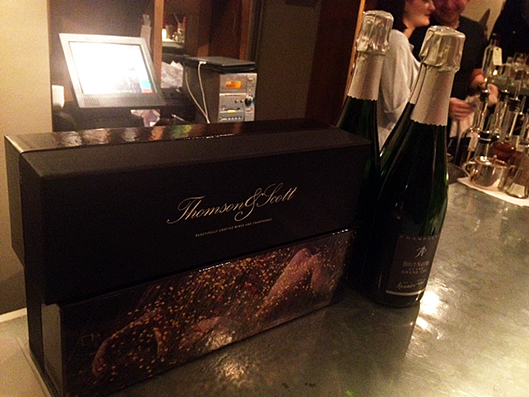It’s a sound we all recognise – the popping of a champagne cork. It’s a sound that traditionally accompanies some significant event; the passing of exams, the birth of a new grandchild or the return home of a loved one. Formula one drivers get sprayed with it and new boats have their hulls christened by it. There’s no doubt, champagne plays a significant role in the way we toast happy events.
Whilst for some champagne is an infrequent treat, for others it becomes a more serious passion. Becoming a champagne connoisseur is more of a rarity than say, someone who likes to glug back a decent bottle of red wine every couple of days, but both come with a reputation for adding inches to one’s waistline. Champagne, on average, in not too bad when it comes to calorific content – 100ml of Champagne will set you back around 74 calories which is around half of that you’d find in the same amount of sweet sherry – but regularly knock back a few large glasses and those calories will end up somewhere, and typically in places where they are not wanted.
Happily, for those for whom everyday is an ongoing military campaign in the calorific war-zone, a market has sprung up of late for what is termed ‘low dosage’ or ‘zero dosage’ champagne; champagne that hides less sugar amongst those sparkling bubbles than is typical. Several brands of high-quality fizz – like the Cru Cuvée recently launched by ex-BBC journalist Amanda Thomson’s sales company, Thomson & Scott – are now available containing around half the sugar of normal plonk but with the same tongue-tingling taste as your usual tipple.
A good bottle of champagne takes a long time to create. Once the grapes have been pressed, fermented, blended and bottled, champagne is stored for years with a yeast mixture in the bottle to get those bubbles developing. Once the bubbly is nearly ripe, it’s opened and the yeast mixture removed. An injection of sugar and sometimes alcohol is then added before the bottle is corked and caged. This sweet-injection is called the dosage.
Zero-dosage champagnes leave out this sugar addition to allow the natural fruit sugars of the grapes to shine through. The result is an organic product full of fizz-tastic flavour and with around half the calories of normal champagne.
So, if you love your bubbly but don’t love the extra ounces those calamitous calories create, a switch to a zero-dosage champagne could give you even more reason to celebrate.
Thomson & Scott Low Calorie Champagne

Thomson & Scott Champagne

Comments